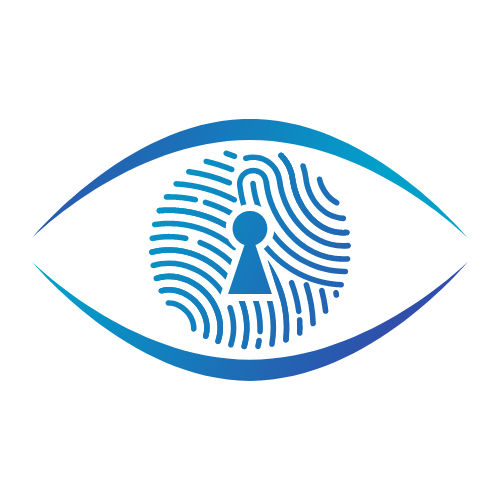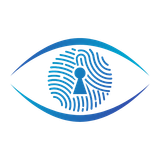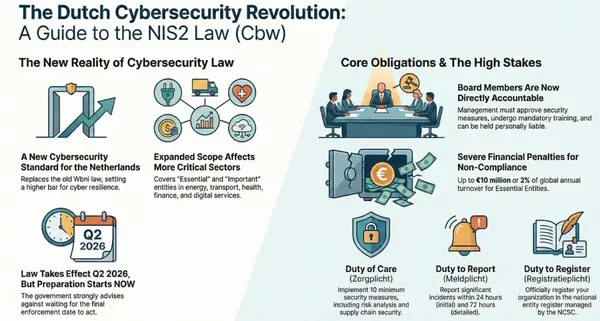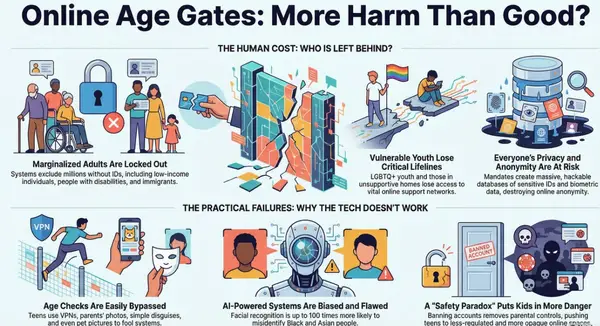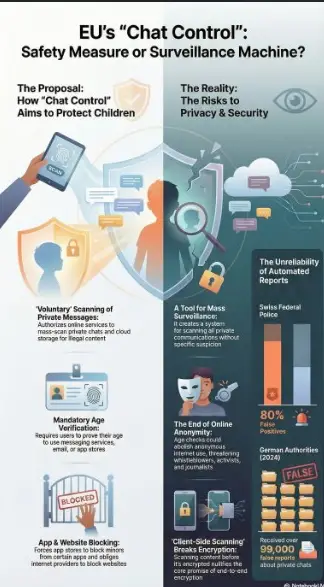EU Data Act Compliance Guide: Navigating Europe's Game-Changing IoT Data Regulation

On September 12, 2025, the European Union fundamentally transformed the data landscape for connected devices with the full implementation of the EU Data Act (Regulation (EU) 2023/2854). This landmark regulation represents one of the most significant shifts in data governance since GDPR, affecting everyone from individual smart home owners to multinational industrial manufacturers.
Unlike GDPR, which focuses exclusively on personal data protection, the Data Act addresses a broader challenge: who controls, accesses, and benefits from the massive volumes of data generated by Internet of Things (IoT) devices. With enforcement now active across all EU Member States and penalties reaching up to €20 million or 4% of global annual turnover, compliance is no longer optional—it's essential.
This comprehensive guide examines the Data Act's compliance framework, implementation requirements, and strategic implications for organizations navigating this new regulatory landscape.
Understanding the Regulatory Framework
Legislative Context and Objectives
The Data Act entered into force on January 11, 2024, with most provisions becoming applicable on September 12, 2025. As a key pillar of the EU's digital strategy, it complements existing regulations including GDPR, the Data Governance Act, and the emerging Cyber Resilience Act.
Core Regulatory Objectives:
- Fairness in Data Economy: Ensuring equitable value distribution from data among stakeholders
- User Empowerment: Granting users control over data generated by their connected devices
- Market Competition: Preventing vendor lock-in and fostering competitive data markets
- Innovation Support: Unlocking data access to drive research and new services
- Public Interest Protection: Enabling data access during emergencies and exceptional circumstances
The regulation's scope is deliberately broad, affecting both consumer-facing products and industrial equipment. For consumer implications, see our detailed analysis at Your Smart Home, Your Data: Understanding the EU Data Act's Impact on Home IoT Security. Business and industrial impacts are explored in depth at EU Data Act Compliance: What Business Leaders Need to Know About Office IoT and Industrial Connected Devices.
Scope and Applicability
Connected Products Covered:
The Act applies to virtually any device that connects to the internet and generates data during use. This includes:
- Consumer devices: Smart home appliances, wearables, fitness trackers, smart TVs
- Industrial equipment: Manufacturing machinery, agricultural sensors, construction equipment
- Commercial infrastructure: Building management systems, smart meters, point-of-sale terminals
- Vehicles: Connected cars, fleet management systems, EV charging stations
- Healthcare: Medical devices, patient monitoring systems, diagnostic equipment
- Office equipment: Networked printers, conference room systems, HVAC controls
Geographic and Organizational Reach:
The Data Act has extraterritorial effect, applying to:
- Any organization placing connected products on the EU market
- Cloud service providers offering services to EU customers
- Companies established outside the EEA that make data available in the EU
- Organizations of all sizes, with partial exceptions for small businesses (fewer than 50 employees or less than €10 million annual revenue)
Related Services:
Beyond physical devices, the Act covers "related services"—digital services necessary for a product to function, including:
- Mobile applications that control connected devices
- Cloud platforms that process device data
- Analytics services that derive insights from IoT data
- Software-as-a-Service (SaaS) tied to physical products
Compliance Requirements by Stakeholder Type
For Data Holders (Manufacturers and Service Providers)
Data holders—entities that control access to data generated by connected products—face the most extensive obligations:
1. Data Access Obligations (Effective September 12, 2025)
Data holders must provide users with access to their data:
- Free of charge (except for reasonable costs of retrieving archived data)
- Comprehensive format: All raw data and necessary metadata
- Structured and machine-readable: Using commonly used formats
- Continuously and in real-time: Where technically feasible
- Securely: With appropriate authentication and encryption
2. Third-Party Data Sharing (Effective September 12, 2025)
Upon user request, data holders must transmit data to designated third parties on the same technical terms as provided to the user. This creates significant competitive exposure, as third parties may include:
- Competitors offering alternative services
- Independent analysts and consultants
- Research institutions
- Other users building data-driven applications
Safeguards exist: Gatekeepers under the Digital Markets Act cannot receive data, and recipients cannot use data to develop competing products. Trade secret protections also apply.
3. Design Requirements (Effective September 12, 2026)
Products placed on the market after September 12, 2026, must incorporate "access by design" principles:
- Data accessibility built into product architecture from the beginning
- Direct user access capabilities without intermediary requests
- Technical documentation on data access methods
- APIs and interfaces that support real-time data retrieval
4. Pre-Contractual Transparency
Before users purchase or lease connected products, manufacturers must disclose:
- Types of data the product generates
- Format, volume, and collection frequency
- Methods users can employ to access their data
- Any limitations or conditions on data access
5. Data Usage Restrictions
Under Article 4(13), data holders cannot use or share data generated by products without a contractual agreement with the user. This applies to both personal and non-personal data, fundamentally changing how manufacturers can leverage product data for:
- Product improvement and development
- Predictive maintenance services
- Market analytics and trend analysis
- Training AI/machine learning models
For Cloud Service Providers and Data Processing Services
Organizations providing cloud services (SaaS, IaaS, PaaS) face specific switching and portability requirements:
1. Switching Facilitation
- Customers can terminate contracts with two months' notice
- Phased elimination of switching fees: Must be eliminated according to regulatory timelines
- Technical interoperability: Support standards enabling seamless migration
- Functional equivalence: Ensure data remains usable in new environments
2. Contractual Transparency
Service agreements must clearly specify:
- Data export formats and procedures
- Any charges associated with switching (during phase-out period)
- Technical assistance provided during migration
- Data deletion procedures post-migration
- Service level agreements for data portability
3. International Data Transfer Restrictions
Providers must implement measures to prevent unauthorized international governmental access to, or transfer of, non-personal data held in the EU where such access would conflict with EU or Member State law. This includes:
- Technical safeguards against unlawful access
- Organizational policies for evaluating third-country data requests
- Legal measures to challenge improper demands
- Customer notification procedures where permitted by law
For Data Recipients (Third Parties Receiving Data)
Organizations receiving data through Data Act mechanisms must:
1. Negotiate Compliant Agreements
Data recipients must enter into agreements with data holders that:
- Respect the core requirements of the Data Act
- Include appropriate trade secret protections
- Address cybersecurity measures
- Incorporate GDPR provisions if personal data is involved
2. Usage Limitations
Recipients are prohibited from:
- Using data to develop competing products
- Disclosing trade secrets obtained through data access
- Sharing data with unauthorized parties
- Using data for purposes beyond the agreed scope
3. Security Obligations
Recipients must implement appropriate technical and organizational measures to:
- Protect confidentiality of shared data
- Prevent unauthorized access or disclosure
- Secure data during transmission and storage
- Report security incidents promptly
For Data Users (Businesses and Consumers)
Users of connected products gain significant rights but also bear responsibilities:
Rights:
- Access data generated by their use of connected products
- Request data in machine-readable formats
- Share data with third parties of their choice
- Switch between cloud service providers
- Receive transparent information about data collection
Responsibilities:
- Exercise data sharing rights responsibly
- Understand contractual obligations when sharing with third parties
- Protect sensitive information appropriately
- Comply with applicable laws when monetizing or using accessed data
For practical guidance on exercising these rights, consumers should review our smart home security guide, while business users will find actionable strategies in our office IoT compliance resource.
